
Piriformis
The piriformis is a muscle that connects from the sacrum or tailbone area out to the hip. This muscle can be particularly bothersome with pelvic pain or other pelvic symptoms because the sciatic nerve typically goes directly underneath this muscle and can wreak havoc. This handout is meant to give you options you can try to stretch this muscle. They are mostly ordered from easier to more advanced. with options laying down, sitting or otherwise. For the stretching and elongation of muscle tissue it is important to hold a mild to moderate stretch for at least 30 seconds. Therefore, hold each stretch for 30 or more seconds, and repeat about three times on each side, one to two times per day.

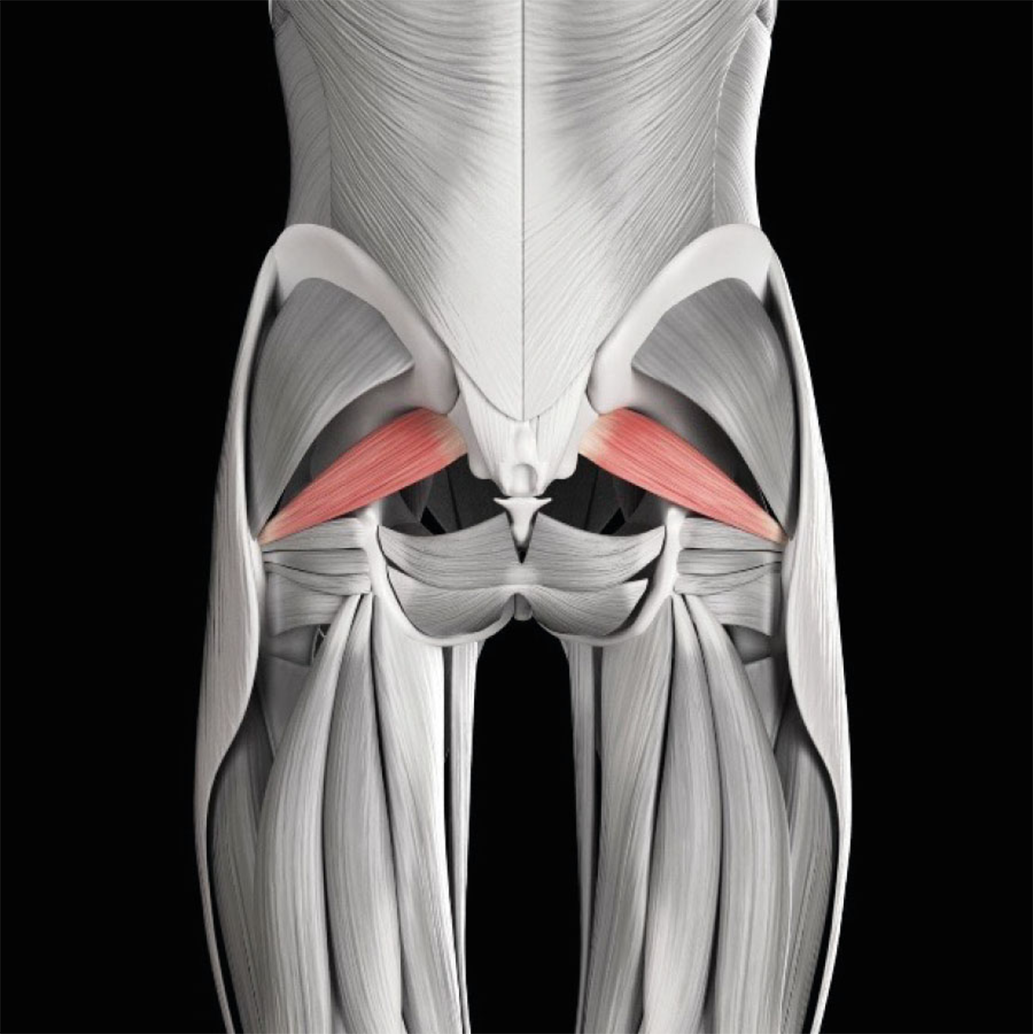
PRIFORMIS STRETCH MODIFIED 1
While lying on your back , hold your knee with your opposite hand and draw your knee up and over towards your opposite shoulder.
Repeat: 3 Times
Hold: 1 Seconds
Complete: 1 Set
Perform: 2 Times a Day

PIRIFORMIS STRETCH MODIFIED 2
While lying on your back and leg crossed on top of your opposite knee, hold your knee with your opposite hand and bring your knee up and over across your midline towards your opposite shoulder for a stretch felt in the buttock.
Repeat: 3 Times
Hold: 30 Seconds
Complete : I set
Perform: 2 Times a Day
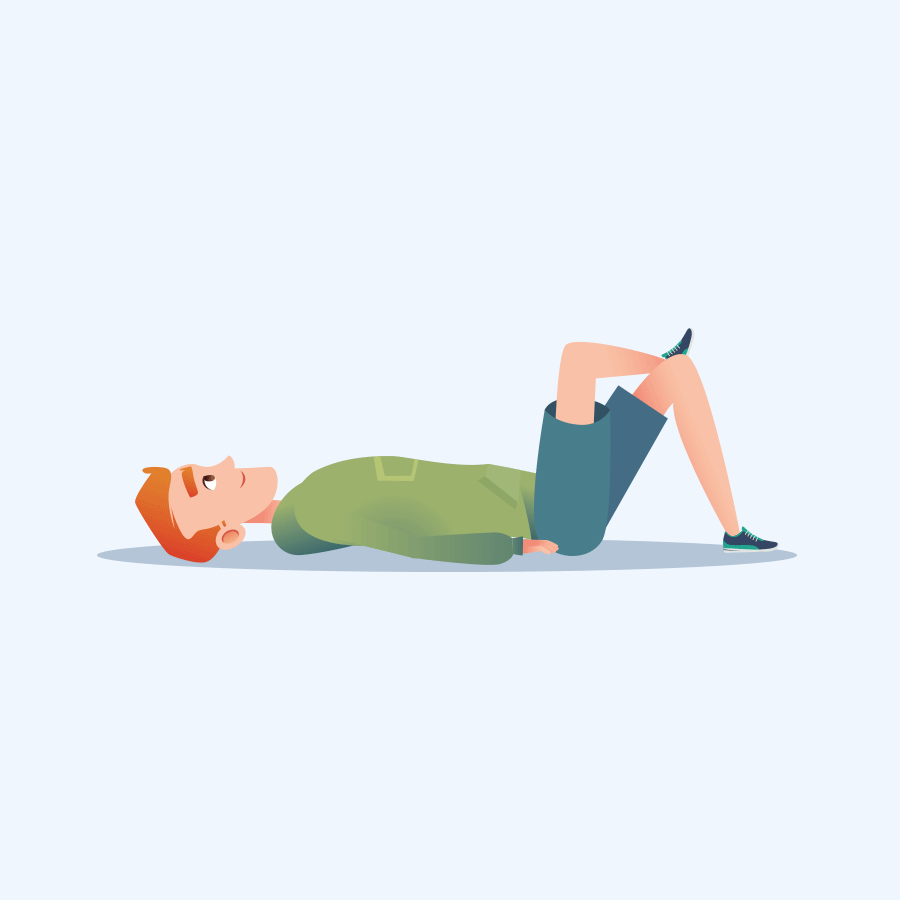
PIRIFORMIS STRETCH - Figure 4
Whilw lyin on your back with both kne bent, cross your affected leg on the other knee. Next, hold your unaffected thigand pull it u towards your chest until a stretch is felt in the buttock. Use a towel or strapto hold unaffected thigh if needed . Perform on both legs.
Repeat: 3 Times
Hold: 30 Seconds
Complete : I set
Perform: 2 Times a Day
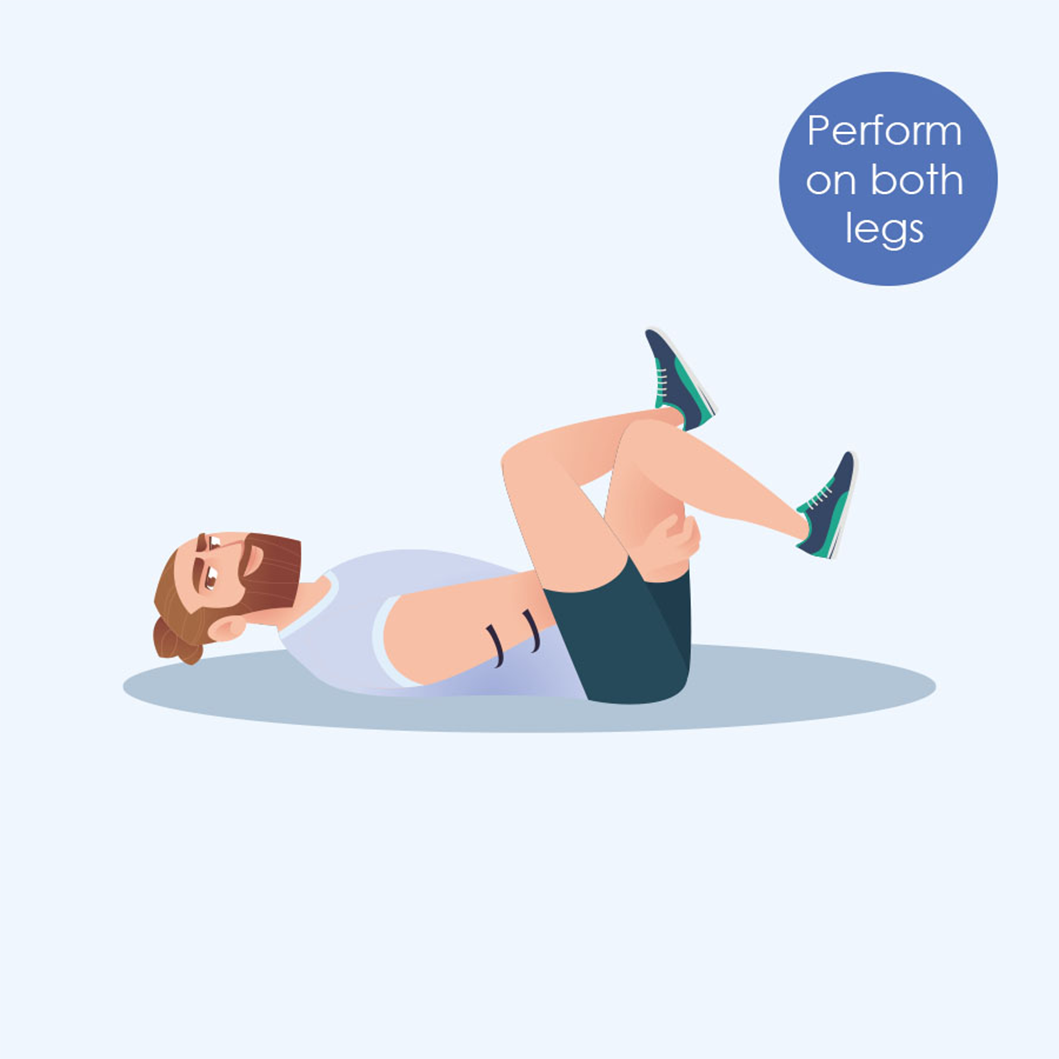
Hip External Rotation - Piriformis Stretching, "Pigeon Pose"
⁃ Sit at a bed or the floor, with one knee bent (knee is out, foot is pointed inwards) and the other leg extended behind you.
- Roll your body weight so that your trunk is square to your legs; you may use your arms to help support your body above your pelvis.
- To increase the stretch, lower your pelvis close to the ground or lean forwards with a straight back.
- The stretch may be felt in the outside buttock region or relatively deep in the pelvis
- This stretch is often referred to as pigeon pose' in yoga
Repeat: 3 Times
Hold: 30 Seconds
Complete : I set
Perform: 2 Times a Day

SEATED PIRIFORMIS STRETCH
While lying on your back and leg crossed on top of your opposite knee, hold your knee with your opposite hand and bring your knee up and over across your midline towards your opposite shoulder for a stretch felt in the buttock.
Repeat: 3 Times
Hold: 30 Seconds
Complete : I set
Perform: 2 Times a Day

STANDING PIRIFORMIS STRETCHING
Place your leg on top of a table top as shown. If a stretch in your buttock is not felt you can lean forward to increase the stretch.
Repeat: 3 Times
Hold: 30 Seconds
Complete : I set
Perform: 2 Times a Day
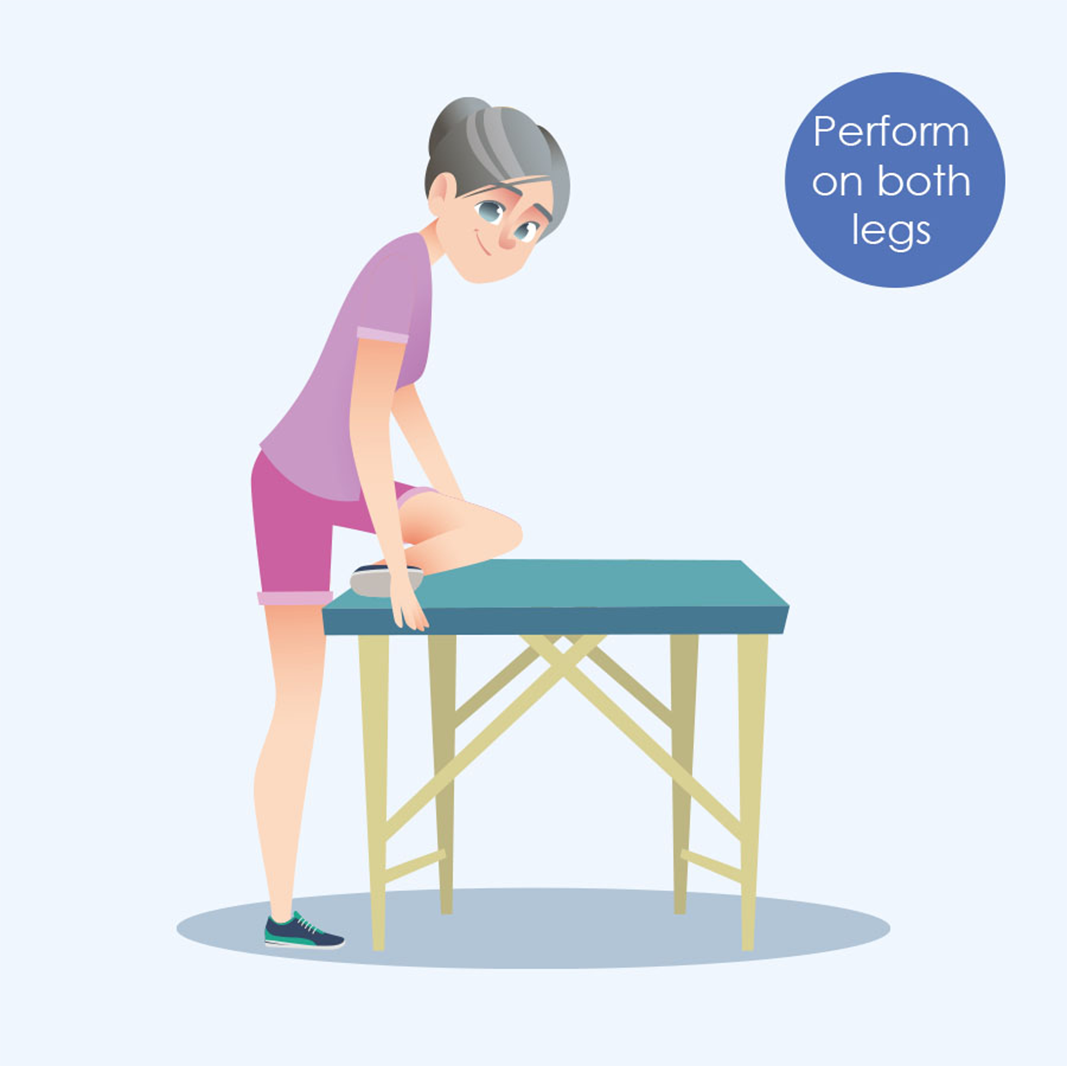
PIRIFORMIS AND HIP STRETCH - SEATED FABER STRETCH
While sitting in a chair, cross your affected leg on top of the other as shown ,Next gently lean forward until a stretch is felt along the crossed leg.
Repeat: 3 Times
Hold: 30 Seconds
Complete : I set
Perform: 2 Times a Day

Hip Flexors
The "hip flexors" are actually a combination of two muscles, the psoas and iliacus muscles that connect from the inside of your lower back to the front of your hip. These muscles are helpful for hip flexion; meaning the action of bringing your knee toward your chest. But sometimes these muscles can be not helpful with pelvic symptoms or pelvic pain. For a variety of reasons, one being - many of us are tight in this area as sitting is a large part of modern life, or another being there area a lot of nerves that go through or around these muscles as they come out of the lower back and eventually go to the pelvis. This handout is meant to give you options you can try to stretch these muscles. They are mostly ordered from easier to more advanced, with options laying down or kneeling. For the stretching and elongation of muscle tissue it is important to hold a mild to moderate stretch for at least 30 seconds. Therefore, hold each stretch for 30 or more seconds, and repeat about three times on each side, one to two times per day.

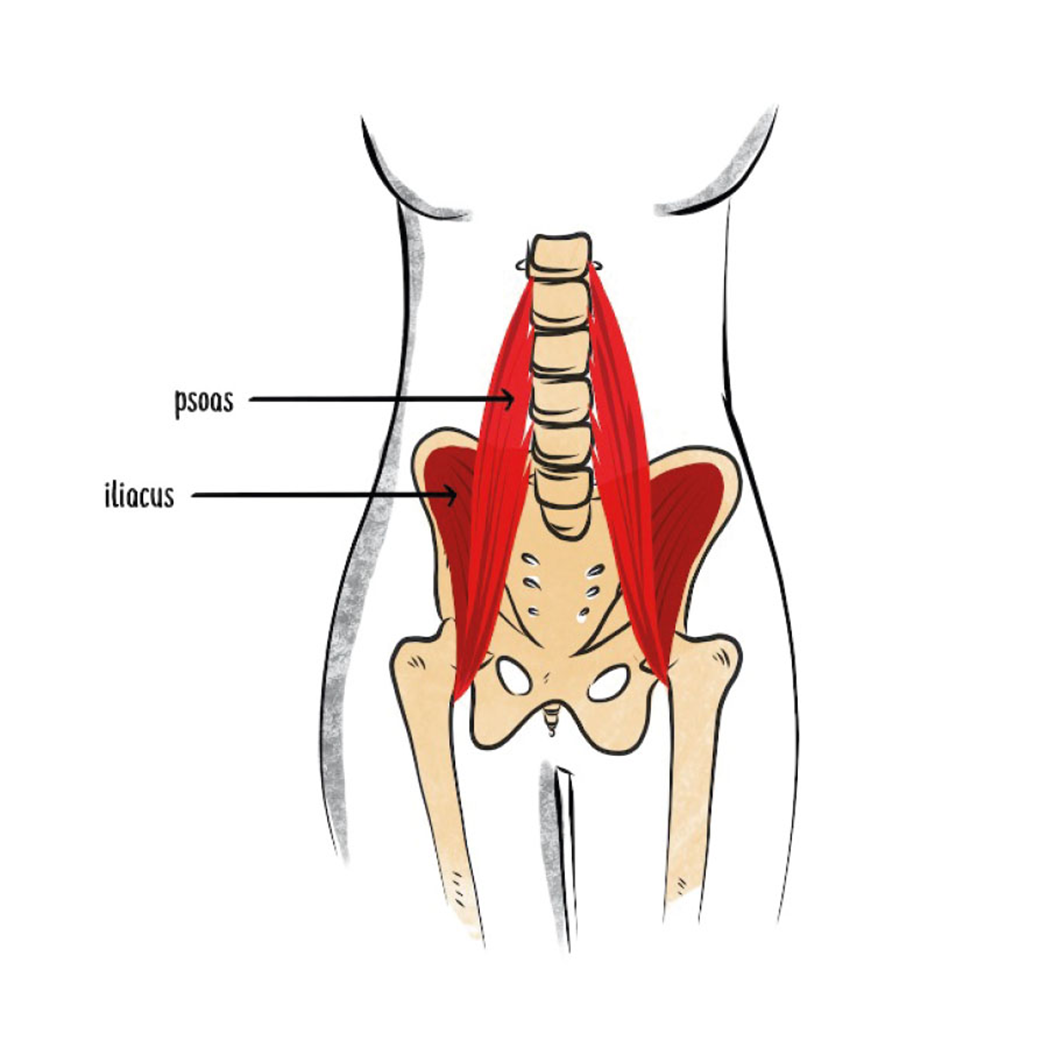
HIP FLEXOR STRETCH
While lying on a table or high bed, let the affected leg lower towards the floor until a stretch is felt along the front of your thight.
Repeat: 3 Times
Hold: 1 Seconds
Complete: 1 Set
Perform: 2 Times a Day
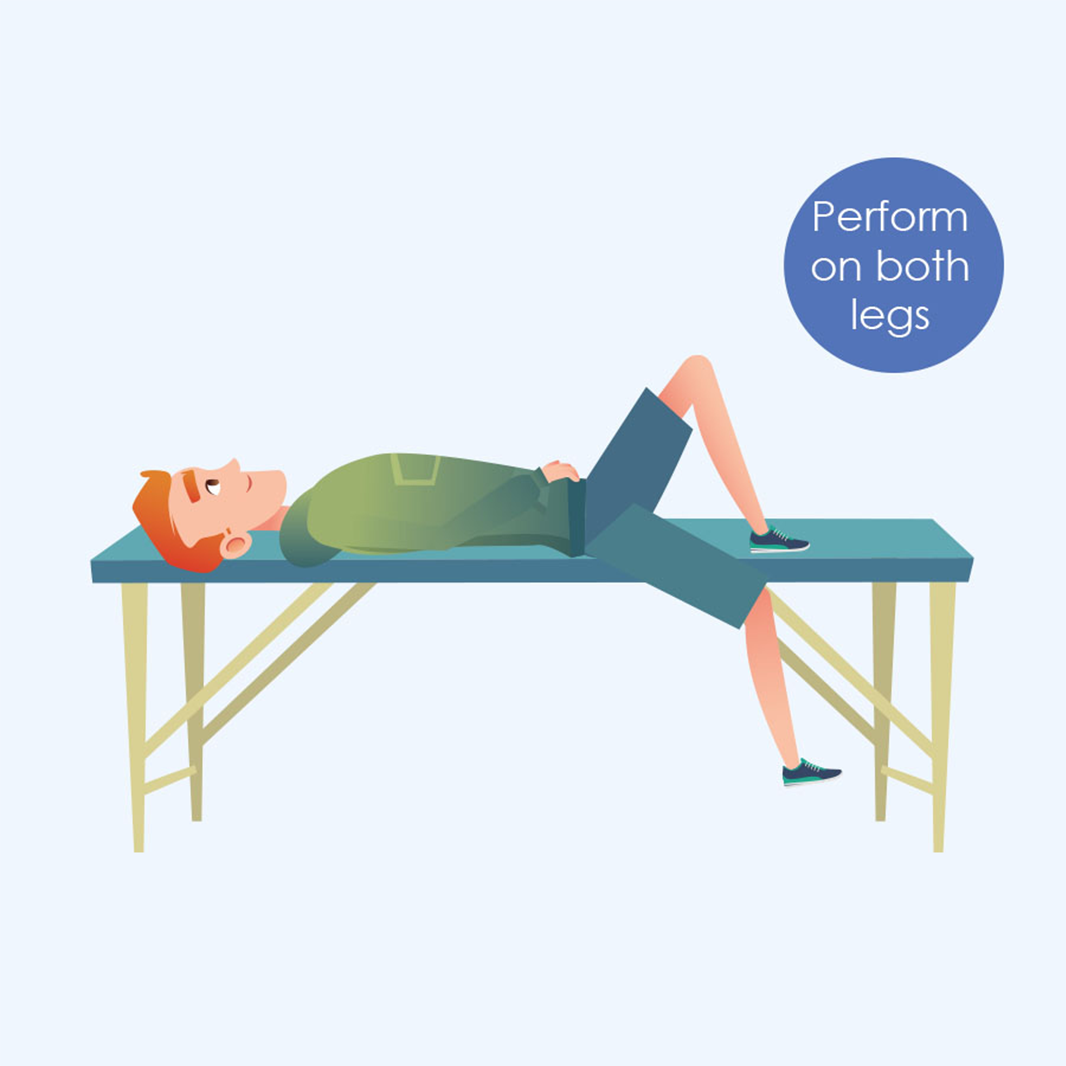
Hip Flexor Stretch Progression
While lying on a table or high bed, let the affected leg lower towards the floor until a strecth is felt along the front of your thigh. At the same time, grasp your opposite knee and pull it towards your chest.
Repeat: 3 Times
Hold: 1 Seconds
Complete: 1 Set
Perform: 2 Times a Day
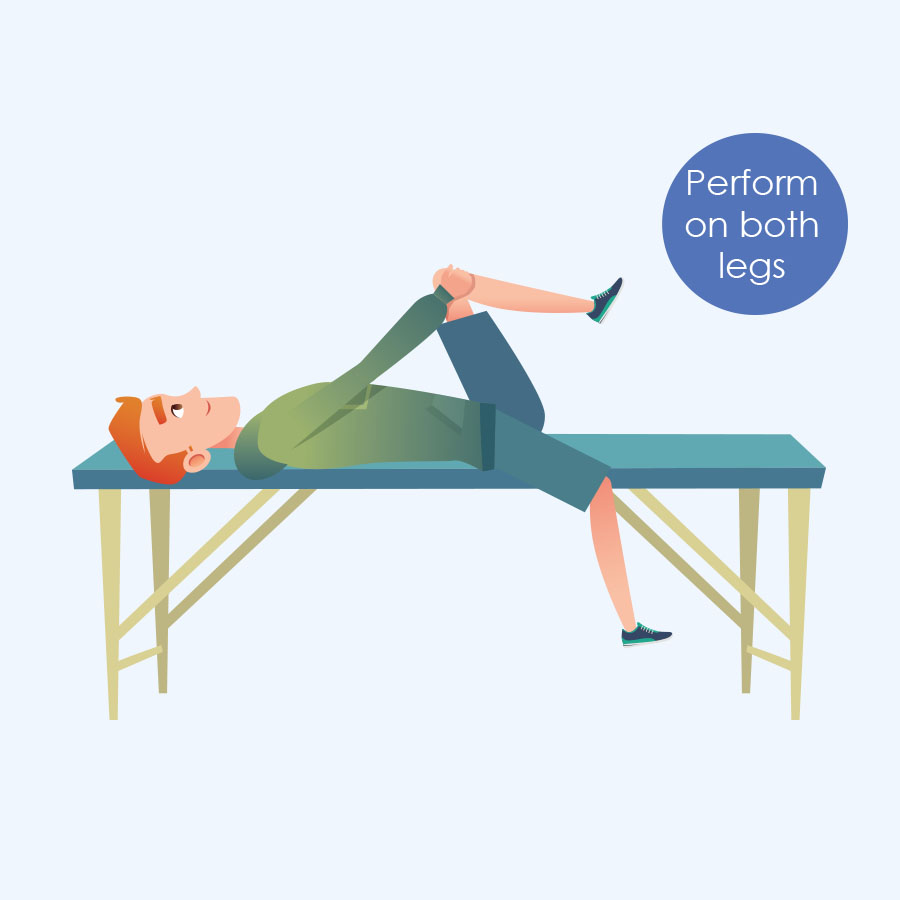
HIP FLEXOR / QUAD STRETCH WITH STRAP - THOMAS STRETCH
Place a strap or belt around your foot as shown. Bring the other end of the belt around your shoulder. if using a belt , you may need to link 2 belts together for extra length.
While lying on a table or high bed, let the affected leg lower towards the floor . Next, Gently pull on the strap to get your knee to bend until you feel a stretch on the top of your thigh and front of your hip
Repeat: 3 Times
Hold: 1 Seconds
Complete: 1 Set
Perform: 2 Times a Day
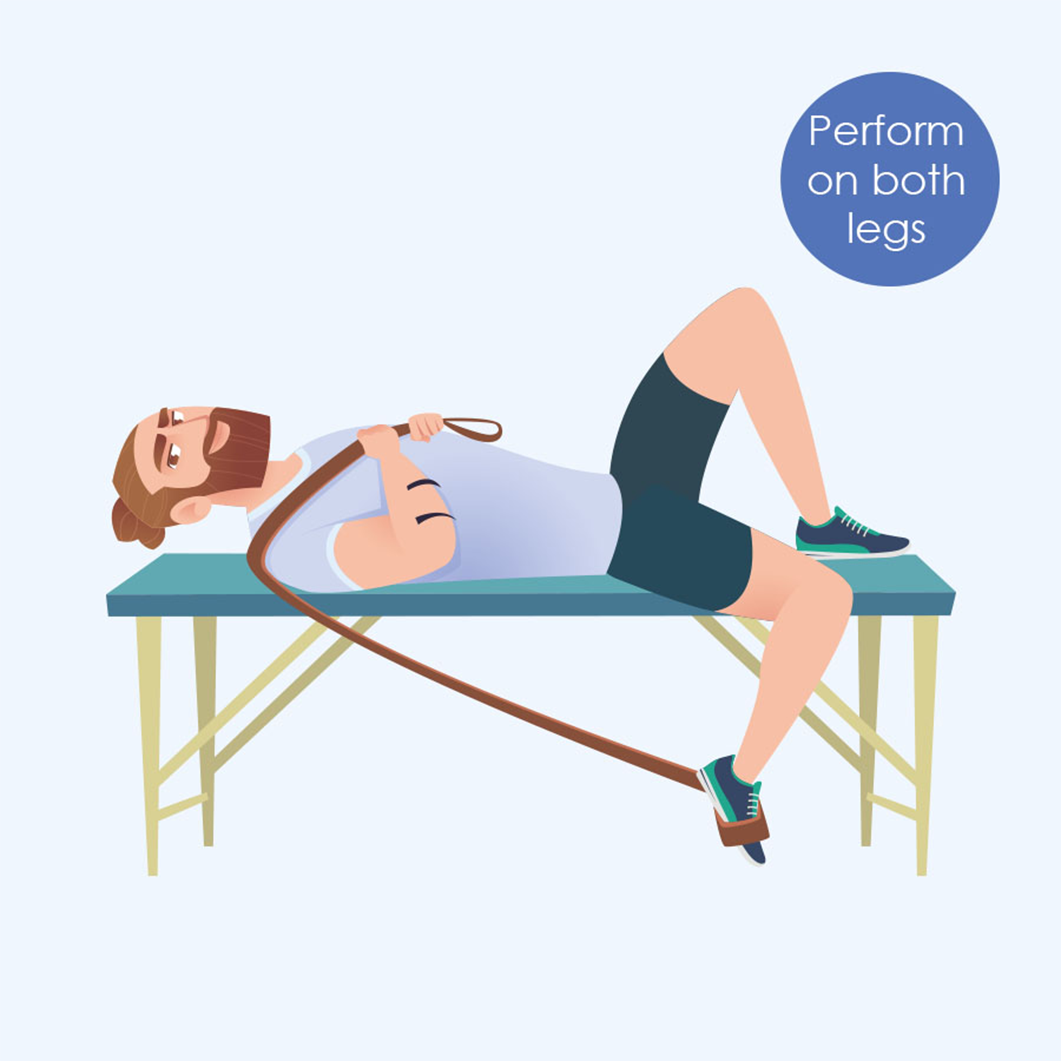
HALF KNEEL HIP FLEXOR STRETCH
While kneeling down on one knee, lean forward and bend your front knee until a stretch is felt along the front hip area of the knee-down side You may need to tighten the abdominal muscles and/or squeeze the buttock on the knee down side to feel the appropriate stretch. Keep in mind you can move your ankle of the kneeling down leg in or out to change the stretch it desired.
Repeat: 3 Times
Hold: 1 Seconds
Complete: 1 Set
Perform: 2 Times a Day

Half kneel hip flexor stretch progression
Get into a half kneeling position with one knee down. Reach your arms straight overhead and lean back until a stretch is felt in the front of the hip on the same side that the knee is down. hold and repeat on the other side.
Repeat: 3 Times
Hold: 1 Seconds
Complete: 1 Set
Perform: 2 Times a Day
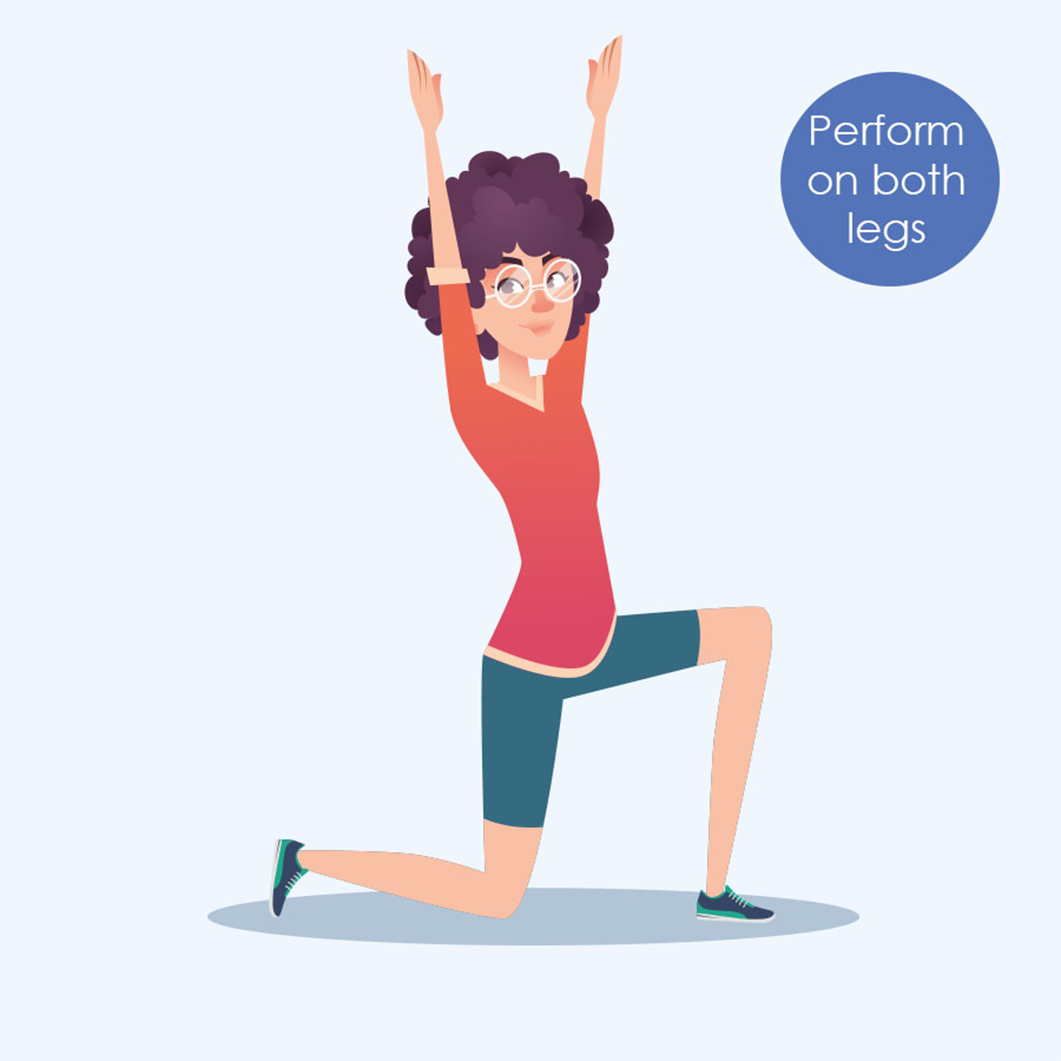
Adductors
The "adductors" are a group of muscles located at the inner thigh that help to bring your leg in together toward your other leg.
These muscles can be particularly bothersome with pelvic pain or other symptoms because they attach directly to the pelvis in the groin area, and the fascia or covering around the muscles comes up into the pelvic bowl to provide support, Sidenote: Everything is connected!"
This handout is meant to give you options you can try to stretch these muscles.
They are mostly ordered from easier to more advanced, with options laying down, sitting, or otherwise.
For the stretching and elongation of muscle tissue, it is important to hold a mild to moderate stretch for at least 30 seconds.
Therefore, hold each stretch for 30 or more seconds, and repeat about three times on each side or with both legs at the same time, one to two
times per day.
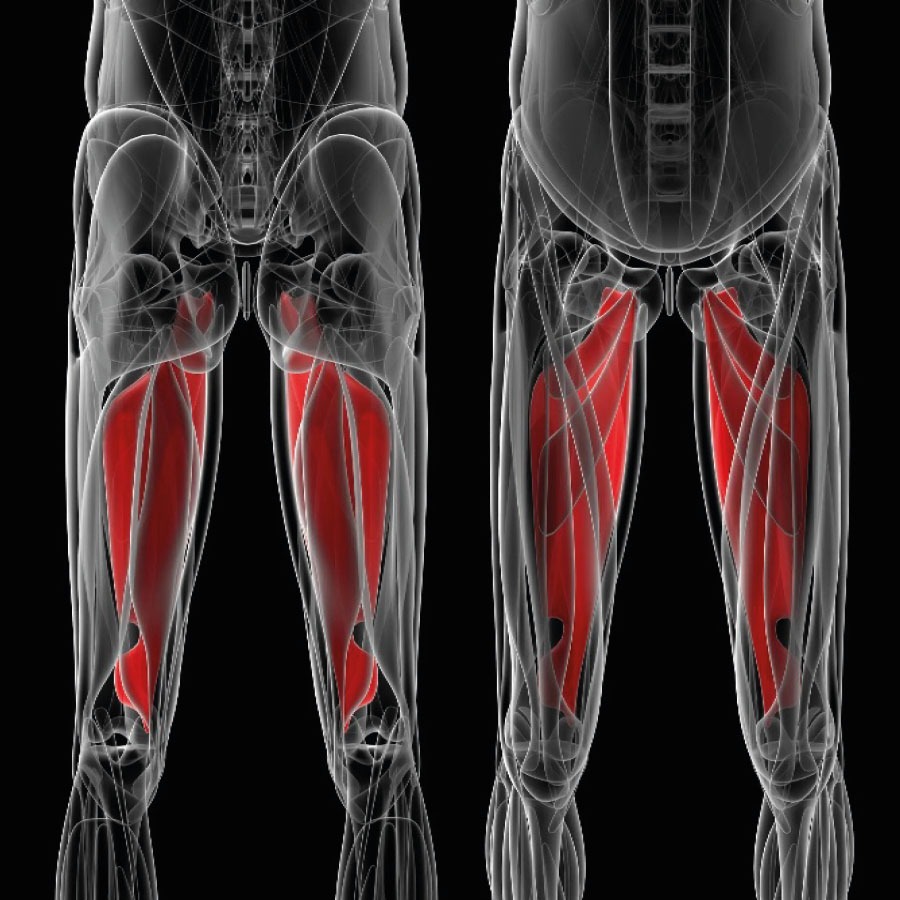

Seated Adductor Stretch
Sit in chairs with hands resting on knees. Use hands to push knees apart until a stretch is felt in the inner thigh . If additional stretch is needed place.elbows/forearms on the inner thigh and press out to produce stretch. The farther forward you lean the more the stretch may move to the back of the thigh.
Repeat: 3 Times
Hold: 1 Seconds
Complete: 1 Set
Perform: 2 Times a Day
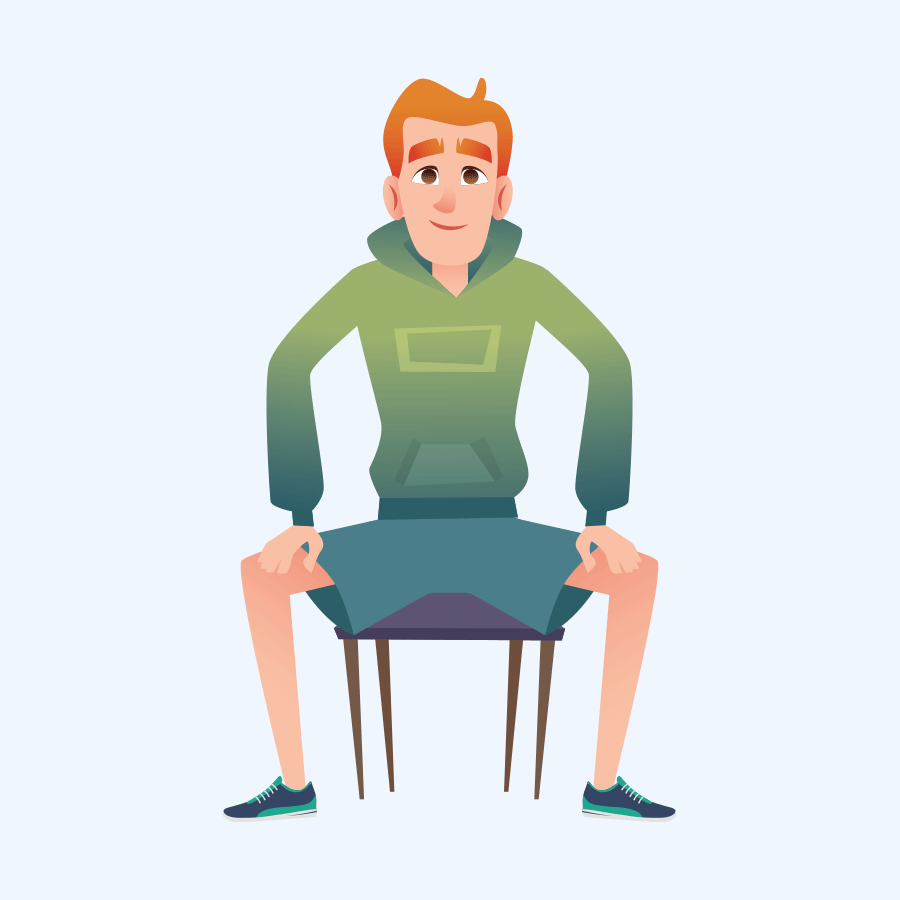
Adductor Stretch
Lay on back with knees bent and feet touching. Allow knees to stretch apart towards the floor. Use a pillow, bolster or foam roller to support knees if needed.
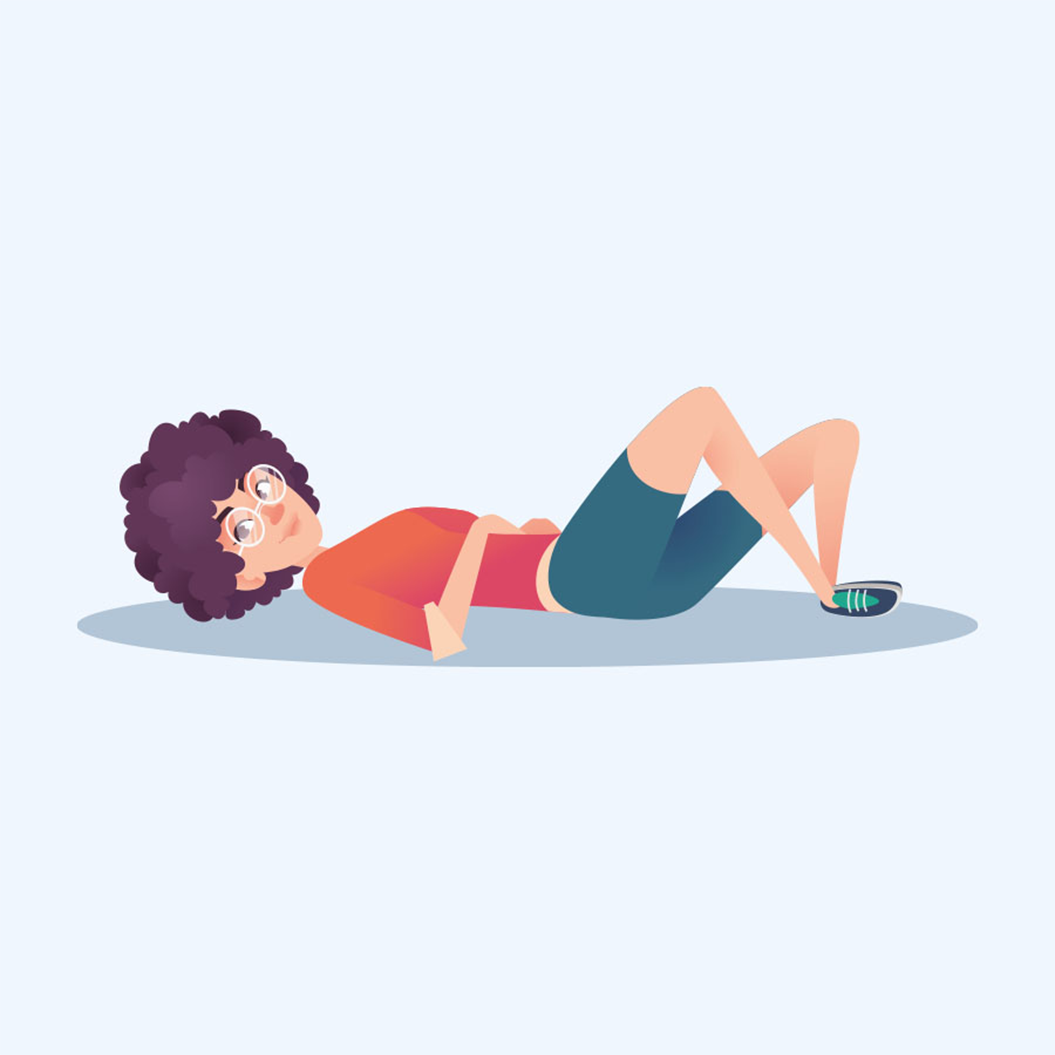
Repeat: 3 Times
Hold: 1 Seconds
Complete: 1 Set
Perform: 2 Times a Day
Seated hip adductor stretch
Sitting with your back against the wall. Bring your feet together and let your knees drop out to the side, feel a comfortable stretch in the inner thighs. Breathe in and feel your stomach and pelvic floor lengthen. Exhale and notice how the abdominals and pelvic floor come back in. Hold the position for several minutes. lf this is too strong of a stretch bring the hips away from the wall a little, or put a pillow under the knees If you can tolerate more stretch you can lean forward a bit more.
Repeat: 3 Times
Hold: 1 Seconds
Complete: 1 Set
Perform: 2 Times a Day
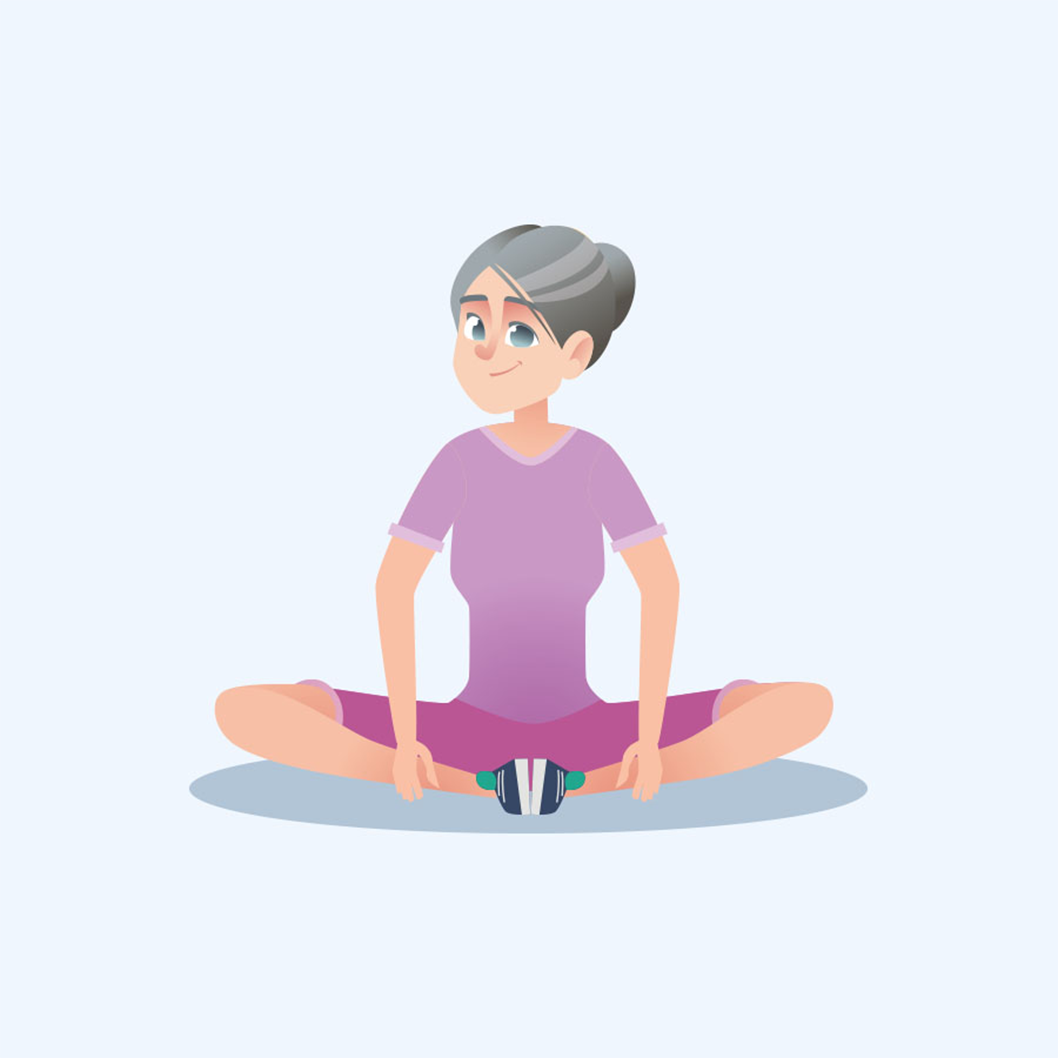
ADDUCTOR STRETCH WITH MULTI-LOOP STRAP
Lie on your back and place a stretching strap on your foot. Wrap it around your ankle towards the inside of your knee. Next, pull on the strap to support your leg off the ground and let your leg move to the side for a stretch to the inner thigh. Keep your target leg straight to slightly bent the entire time.
Repeat: 3 Times
Hold: 1 Seconds
Complete: 1 Set
Perform: 2 Times a Day
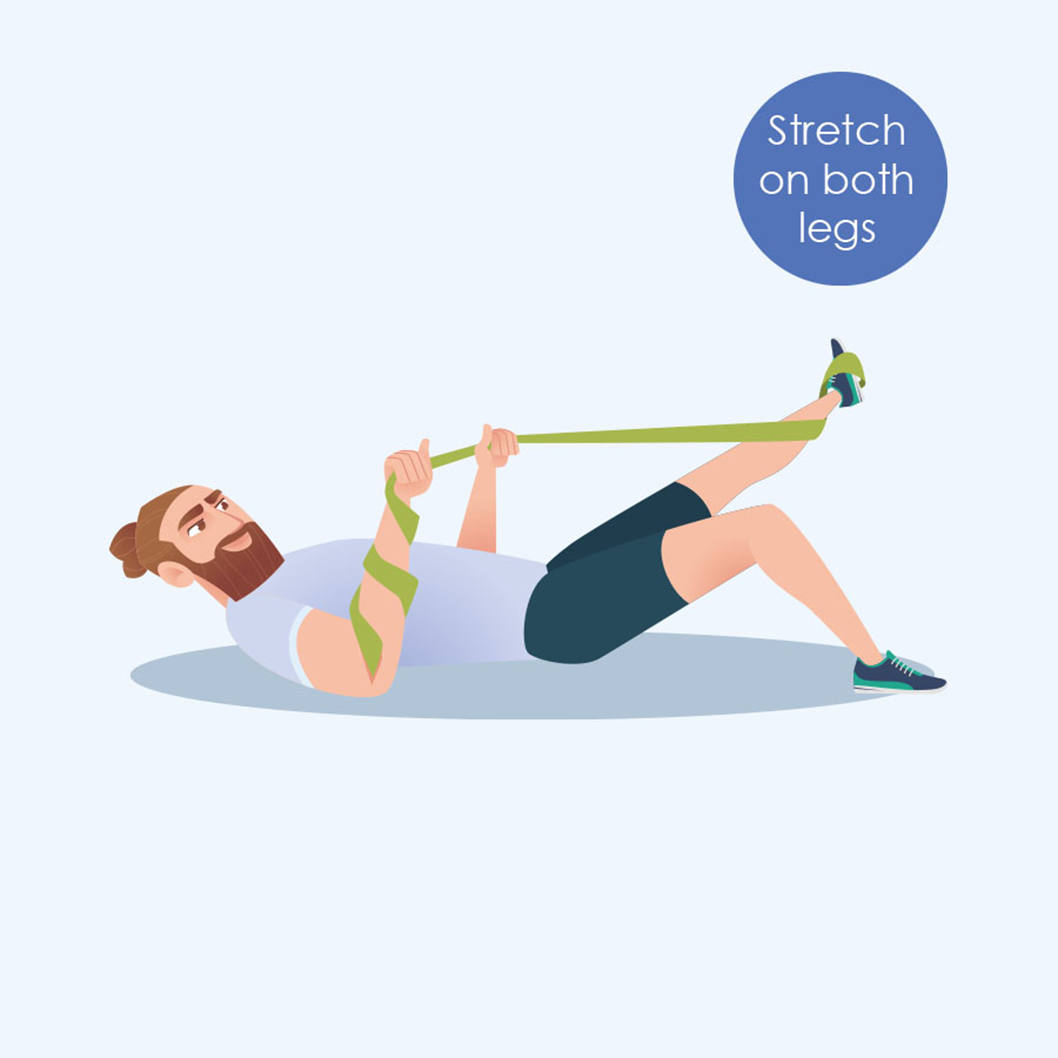
HIP ADDUCTOR STRETCH - STANDING
Start in a standing position and feet spread wide apart. Next, slowly bend one knee to allow for a gentle stretch in the opposite leg, Maintain a straight knee on the target leg the entire time. You should feel a stretch on the inner thigh. To Adductor stretch with strap, and standing adductor stretch.
Repeat: 3 Times
Hold: 30 Secondss
Complete:1 Set
Perform: 2 Times a Day
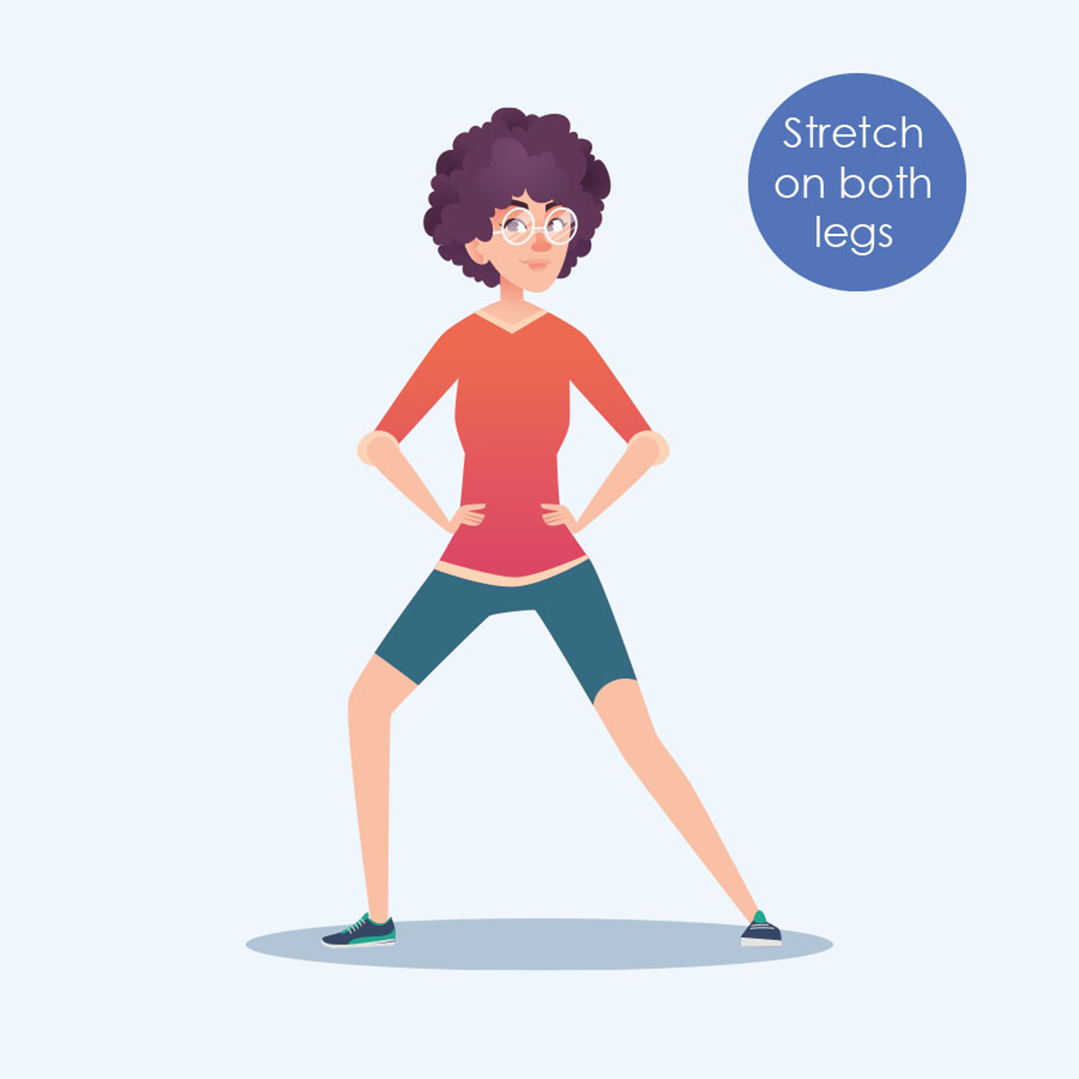
Double Frog Leg
Start with both legs straight and your hips flush against the table . Bring one leg up into a 90 degree bend while keeping the knee and hip against the table, then bring the other leg into the same bend on the other side, at this point it is ok if the hips come off the table sightly, as long as the hips are straight and the back is flat. Keep feet pointed outward or away from midline.Hold for 1 min.
Repeat: 3 Times
Hold: 1 Seconds
Complete: 1 Set
Perform: 2 Times a Day
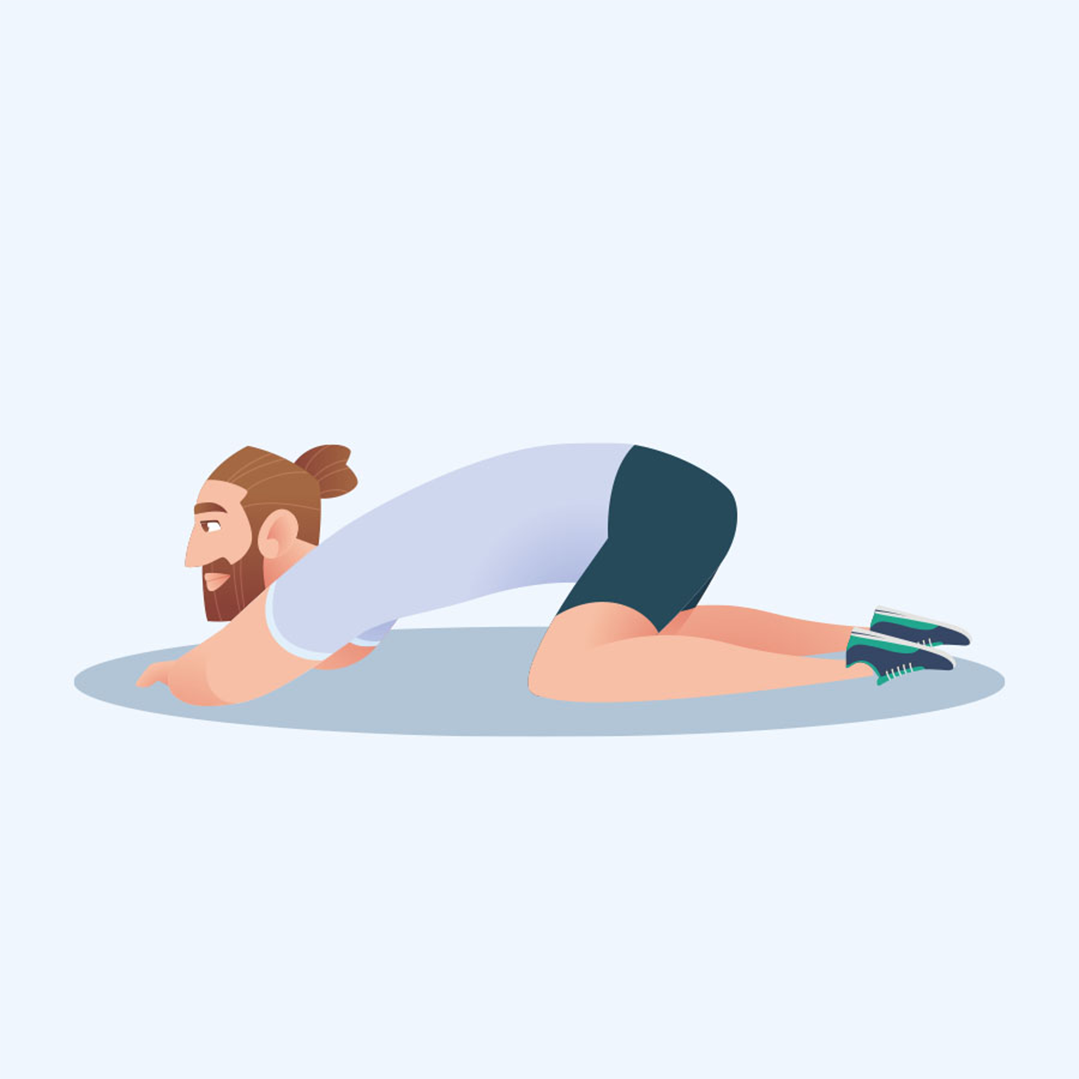
Pelvic floor stretching
These are my two favourite pelvic floor stretches! The "pelvic floor" is a group of muscles that are inside your pelvis that help to keep your organs in (among other things). That normally should assist with bladder, bowel and sexual function. However, if you are here, they may be working too hard and/or are too tight and are causing you pain or other symptoms.
This handout is meant to help you stretch those muscles and hopefully feel a bit better! For the first stretch, "happy baby" yoga pose, your stretch does not need to look exactly like this for it to be effective. You can grab your knee, ankle or calf if you cannot grab your foot, you can do one leg at a time instead of both legs at once, or you can use a strap instead of your arms to hold your leg(s) up if needed.
For the stretching and elongation of muscle tissue, it is important to hold a mild to moderate stretch for at least 30 seconds. With this pose, the goal is to eventually hold for 2-3 minutes if tolerated. To start, sometimes it is easier to hold the stretch for 30 or more seconds, and repeat about three times, one to two times per day, and eventually work up to a longer hold time. For the second pelvic floor muscle, stretch is "malasana" or a deep yoga squat.
For this stretch, again your stretch does not need to look exactly like the picture for it to be effective.
You can slide your back-down a wall, you can sit on a curb, low stool, or yoga block; what ever works for you.
Same concept as happy baby. The eventual goal will be to hold this stretch for 2-3 minutes if tolerated, but it is okay to start with 30 seconds multiple times and work up from there.
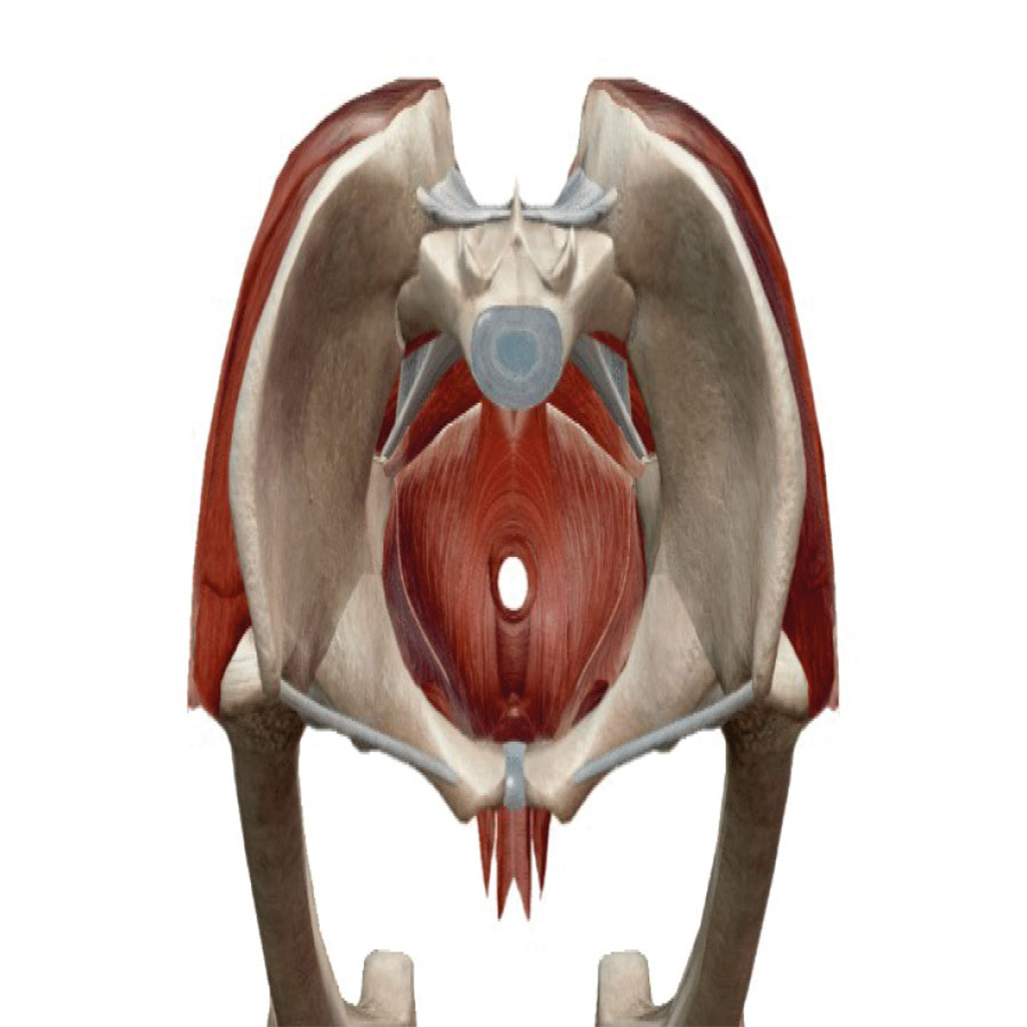
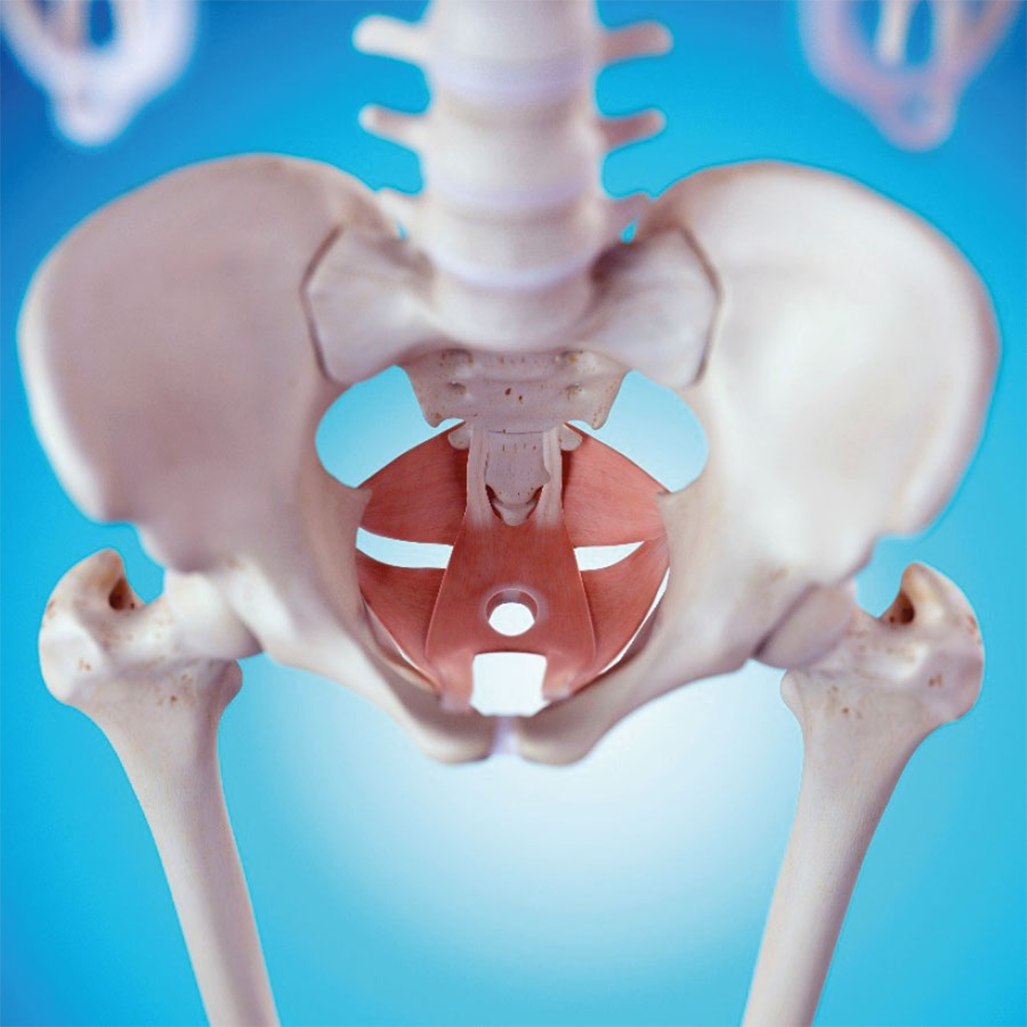
HAPPY BABY
Repeat: 3 Times
Hold: 1 Seconds
Complete: 1 Set
Perform: 2 Times a Day

Deep Squat (Malasana)
Assume a deep squat position, with elbows between the knees and heels firmly planted on the ground (you may prop up against a wall or use a yoga block under the buttock).
Relax your pelvic floor and try to deepen into the stretch.
Repeat: 3 Times
Hold: 1 Seconds
Complete: 1 Set
Perform: 2 Times a Day
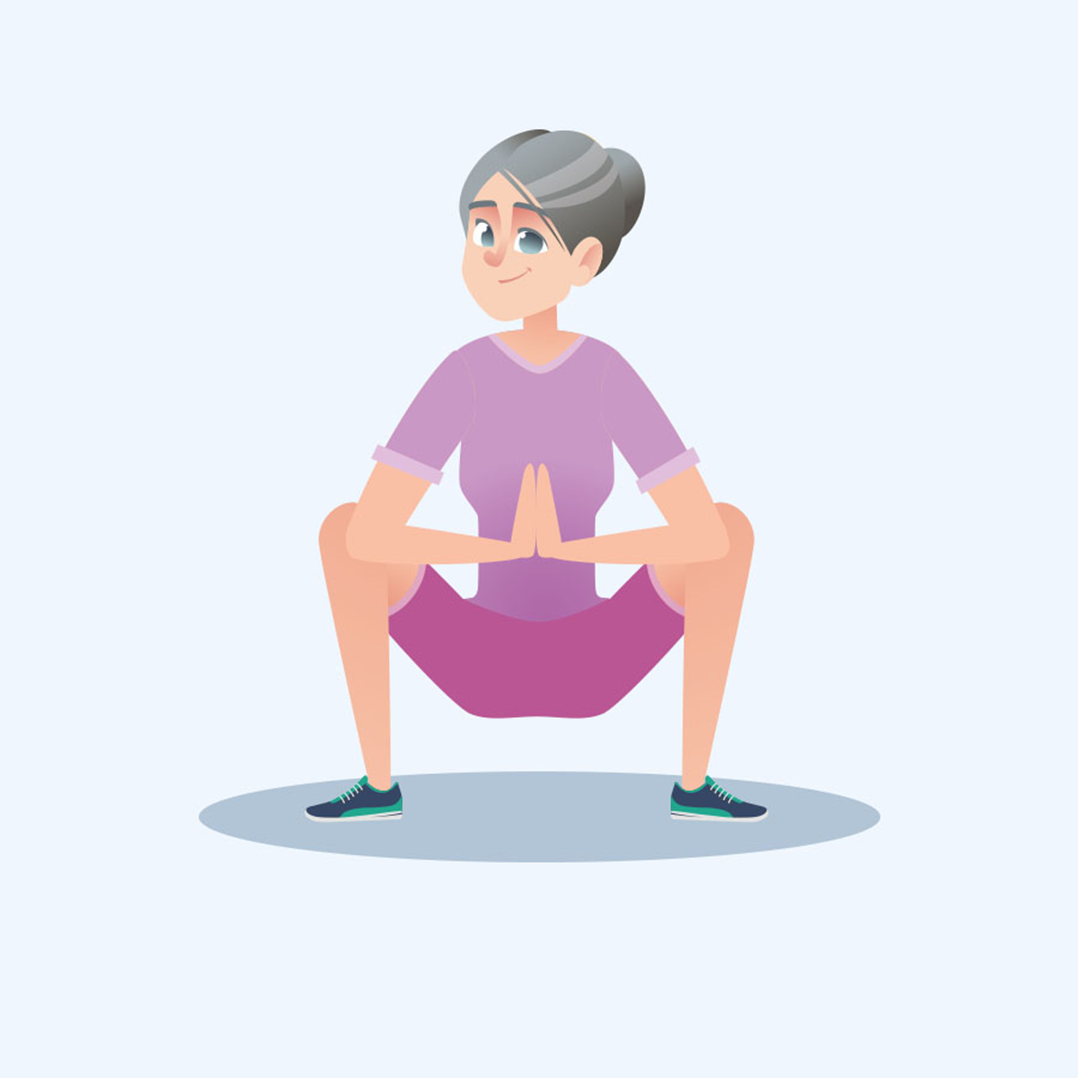
Remember these are only guidelines.
Please contact Dr. Hibner’s office or your Physical Therapist if you have any questions or concerns.
